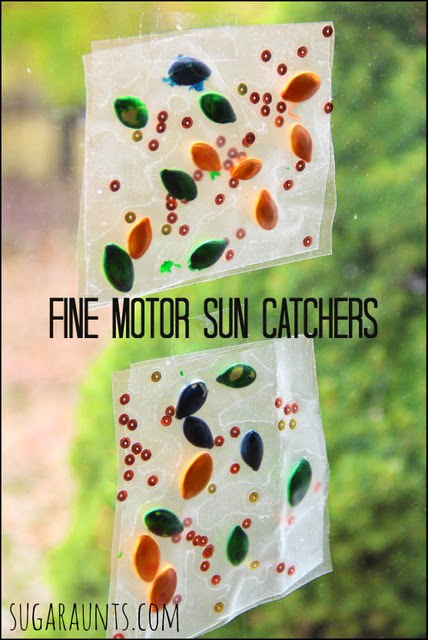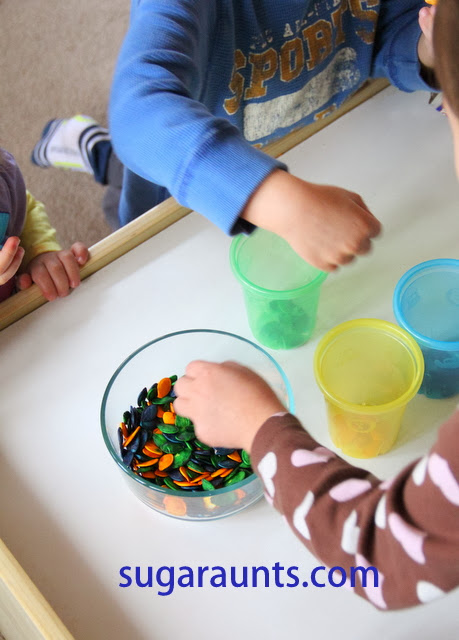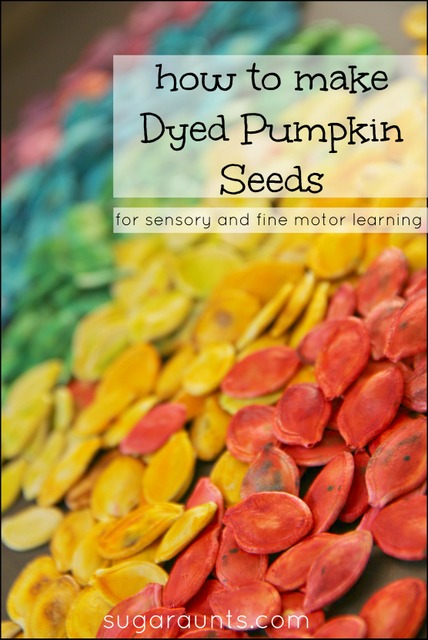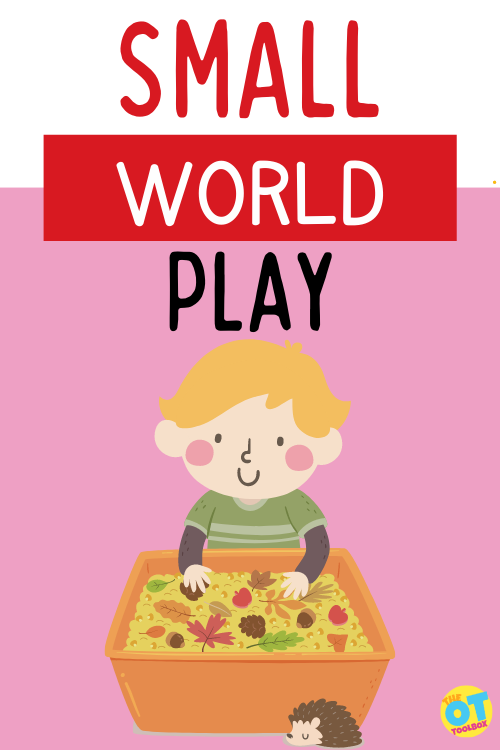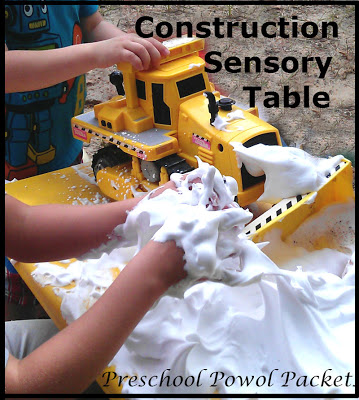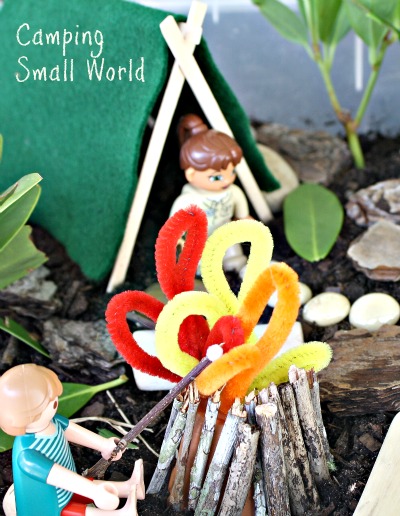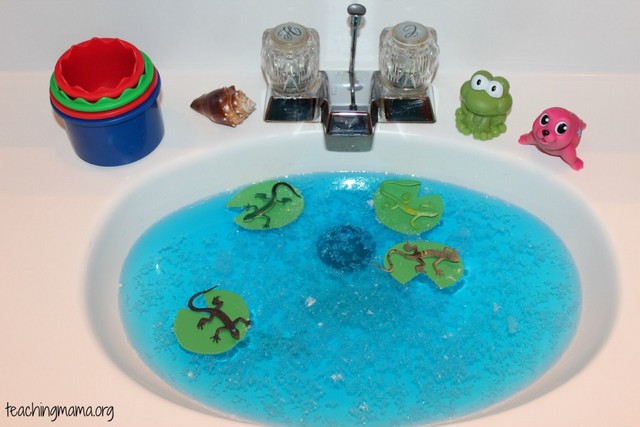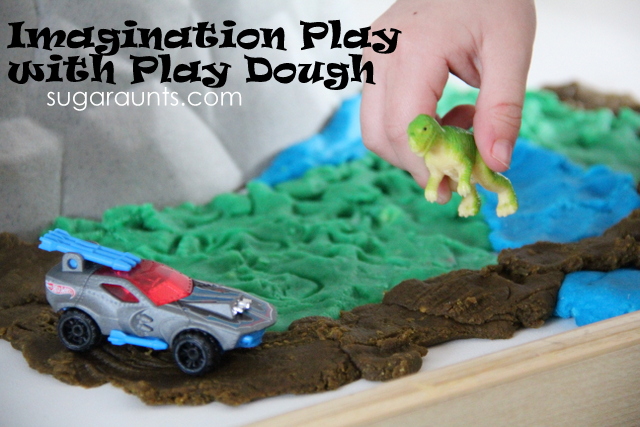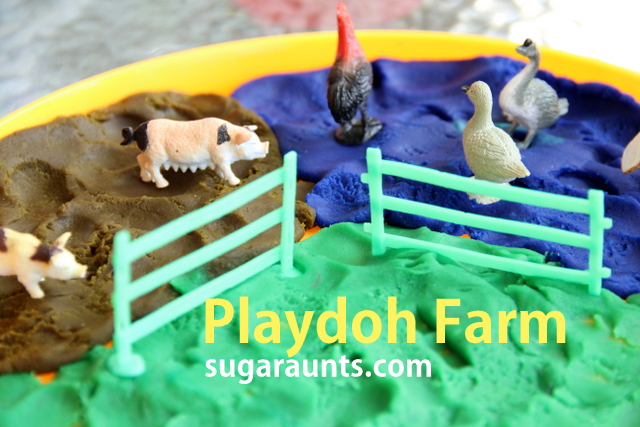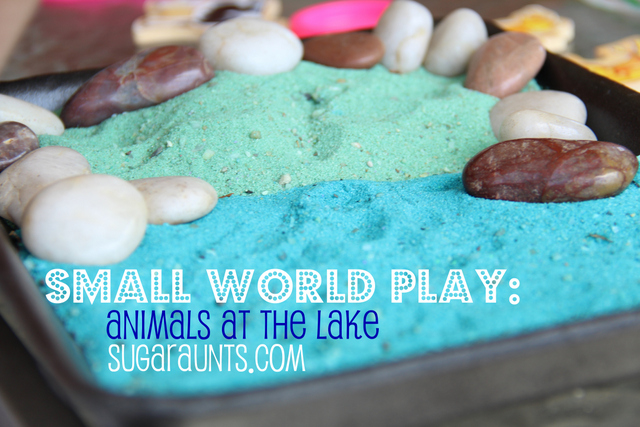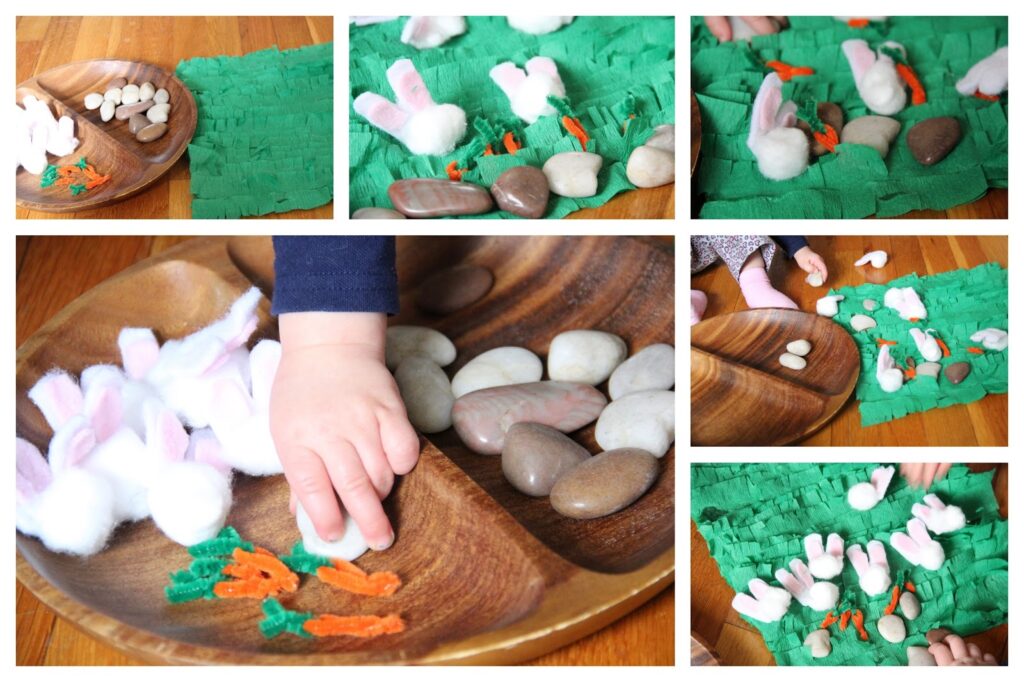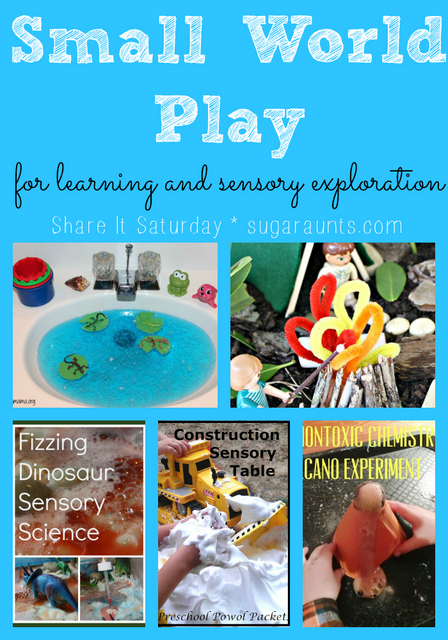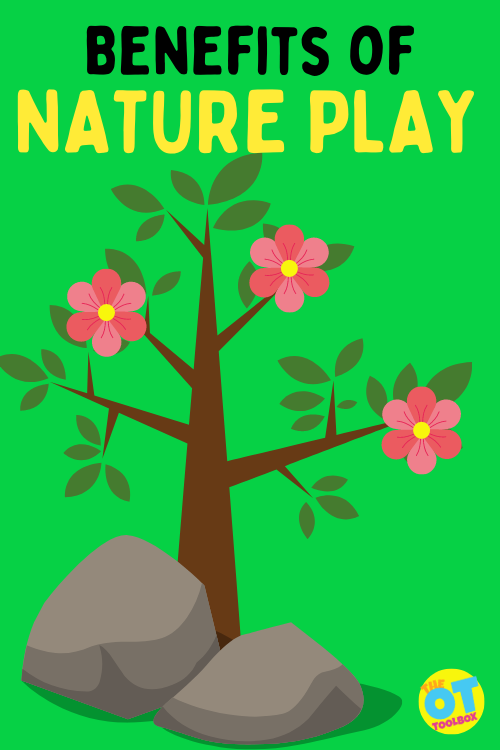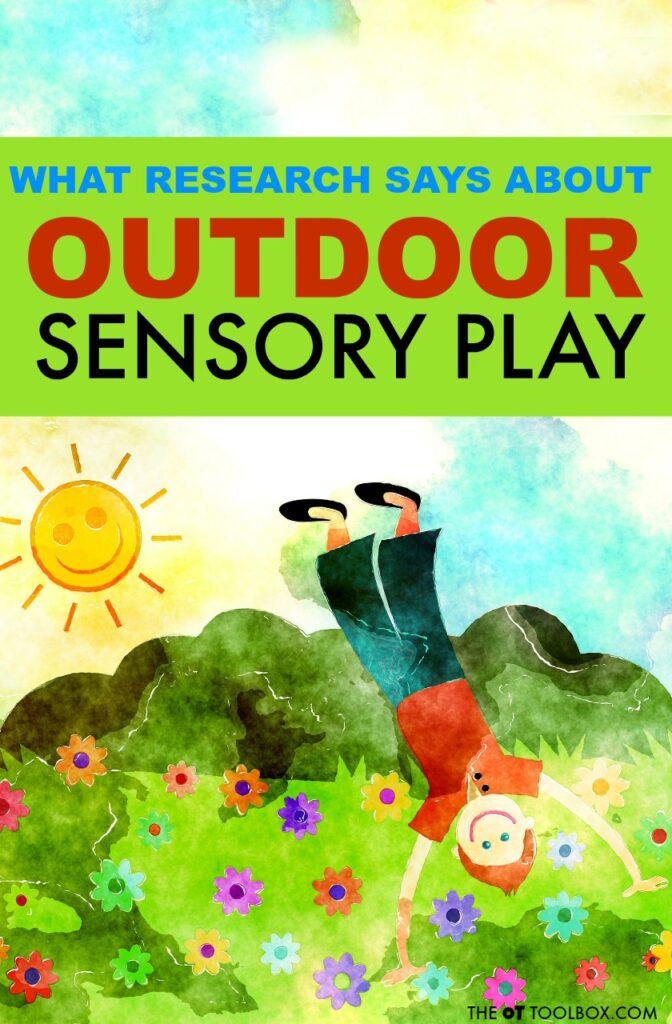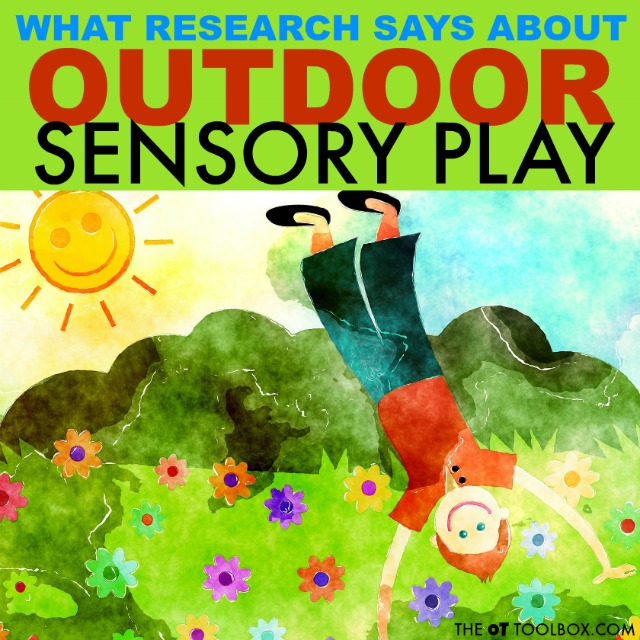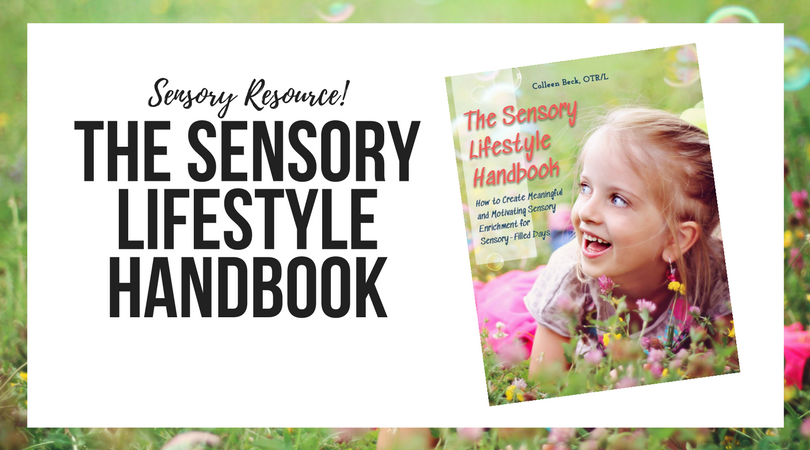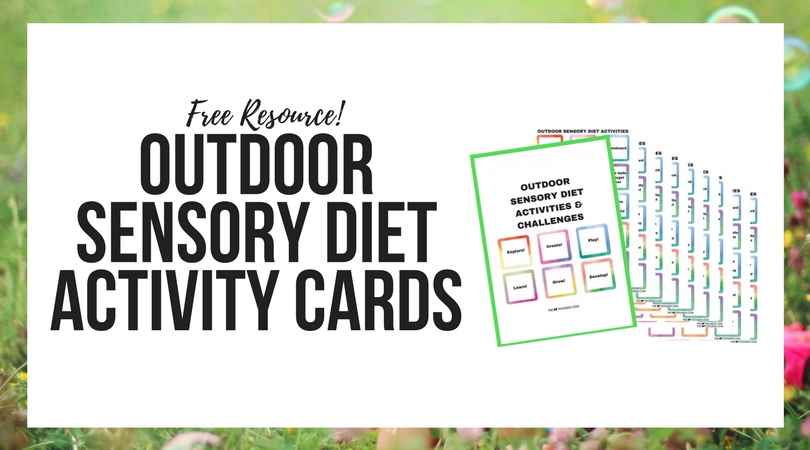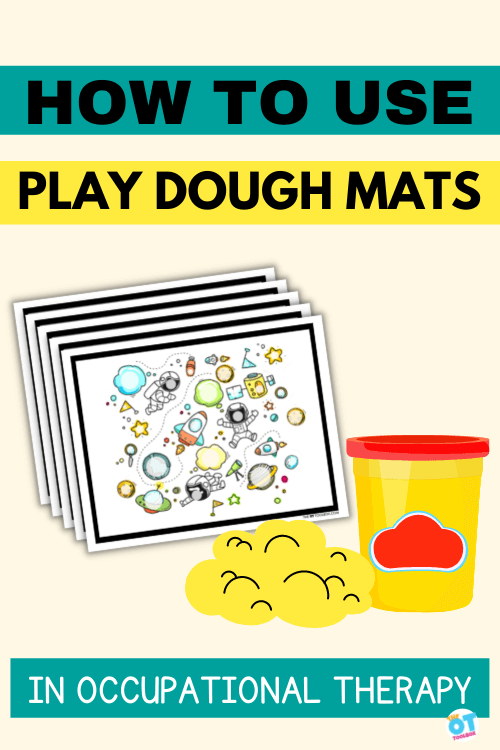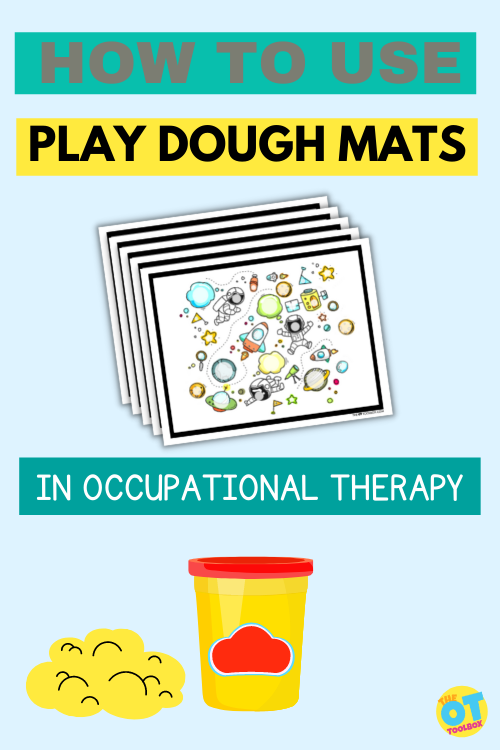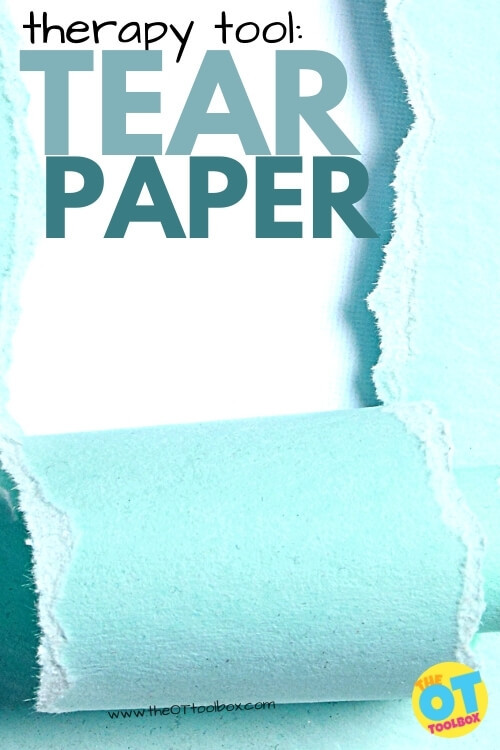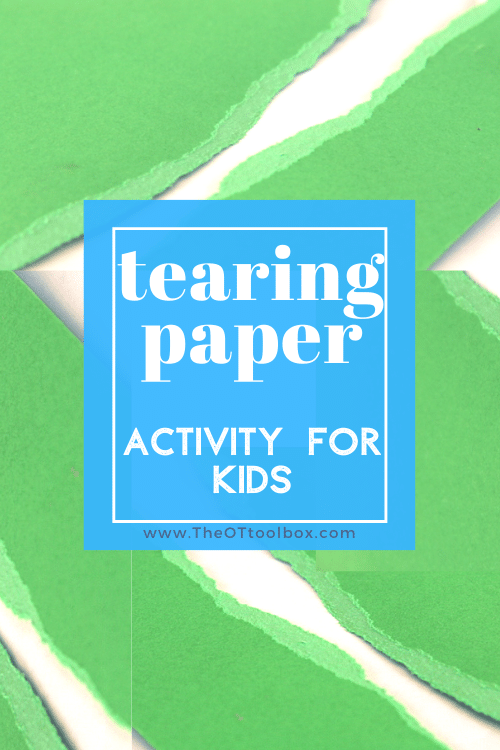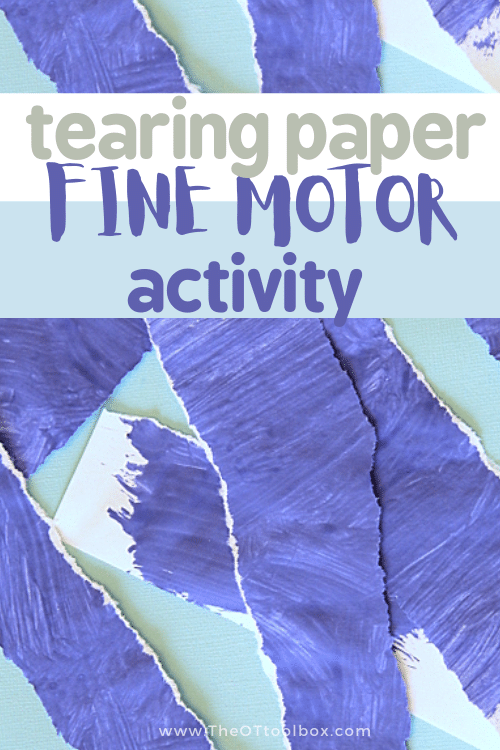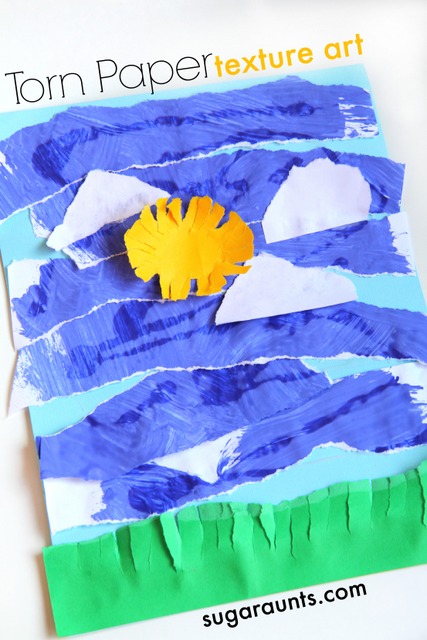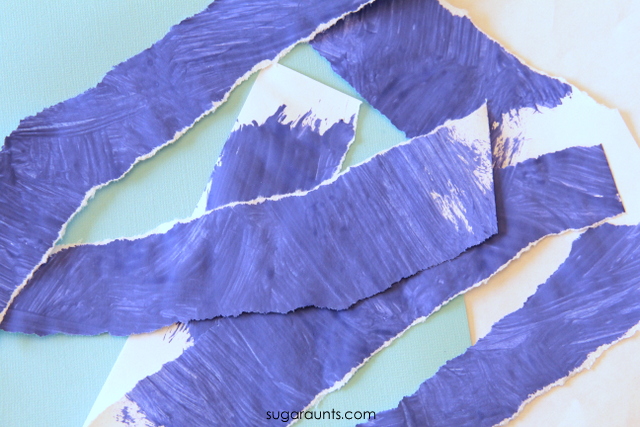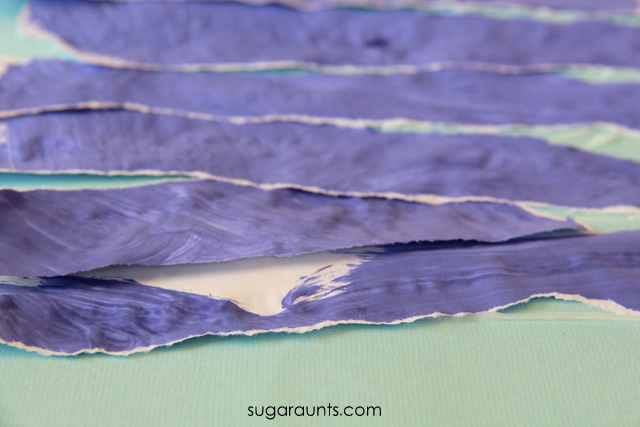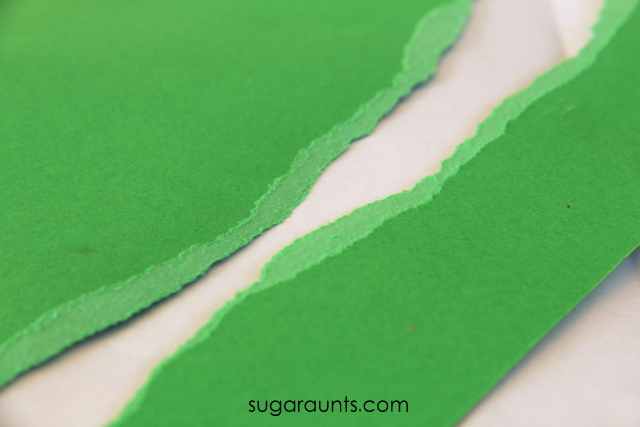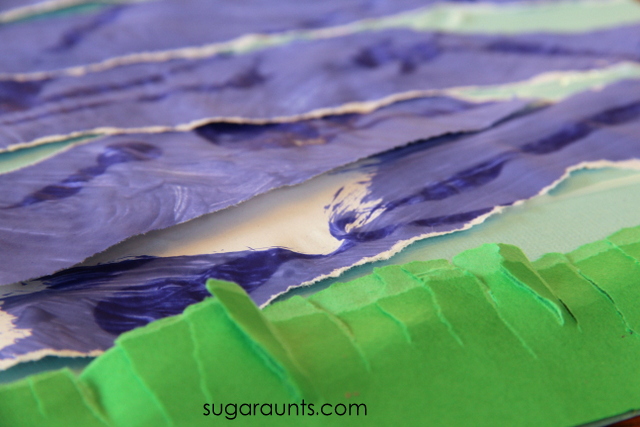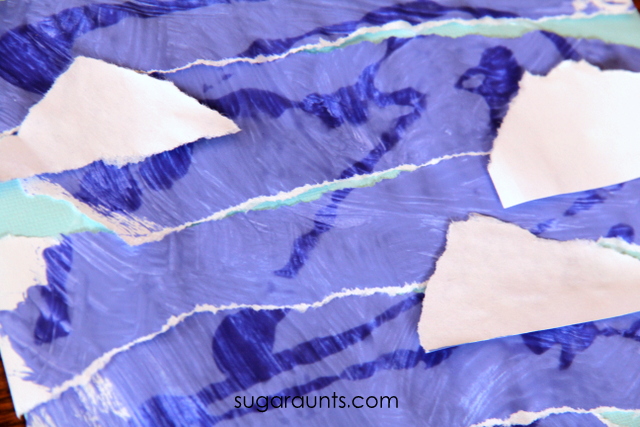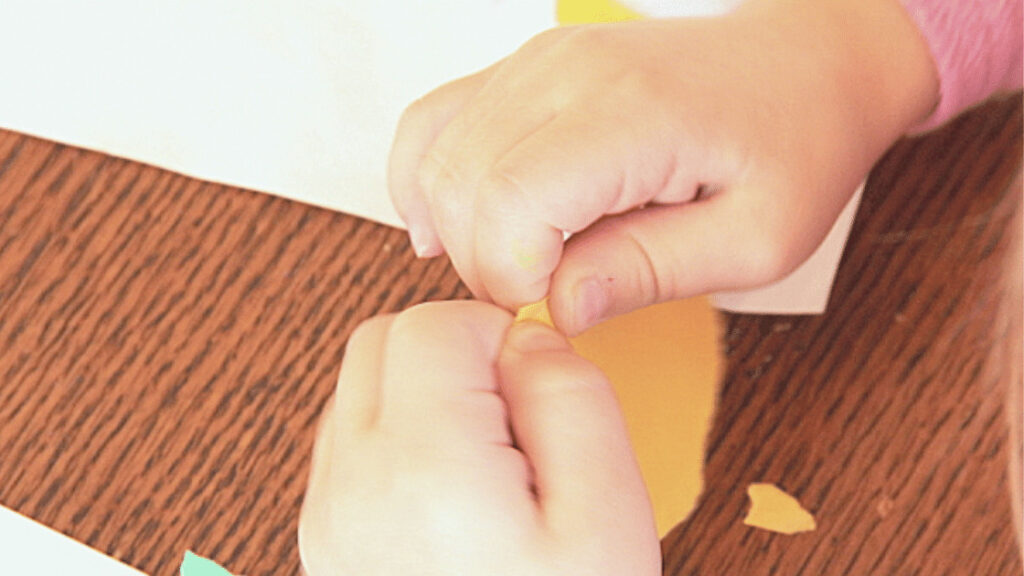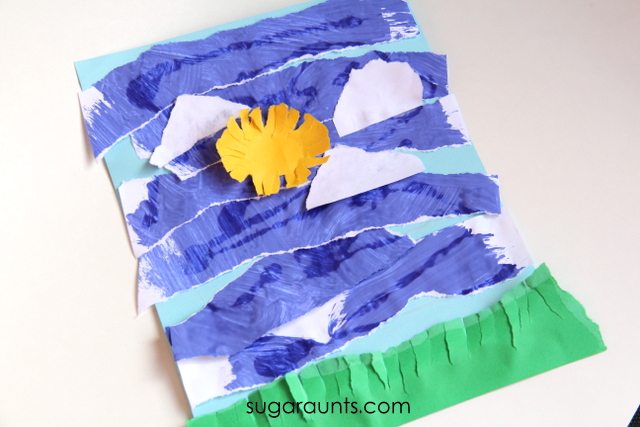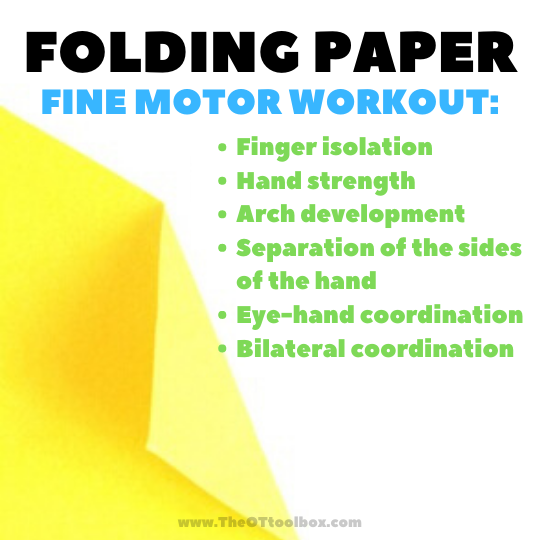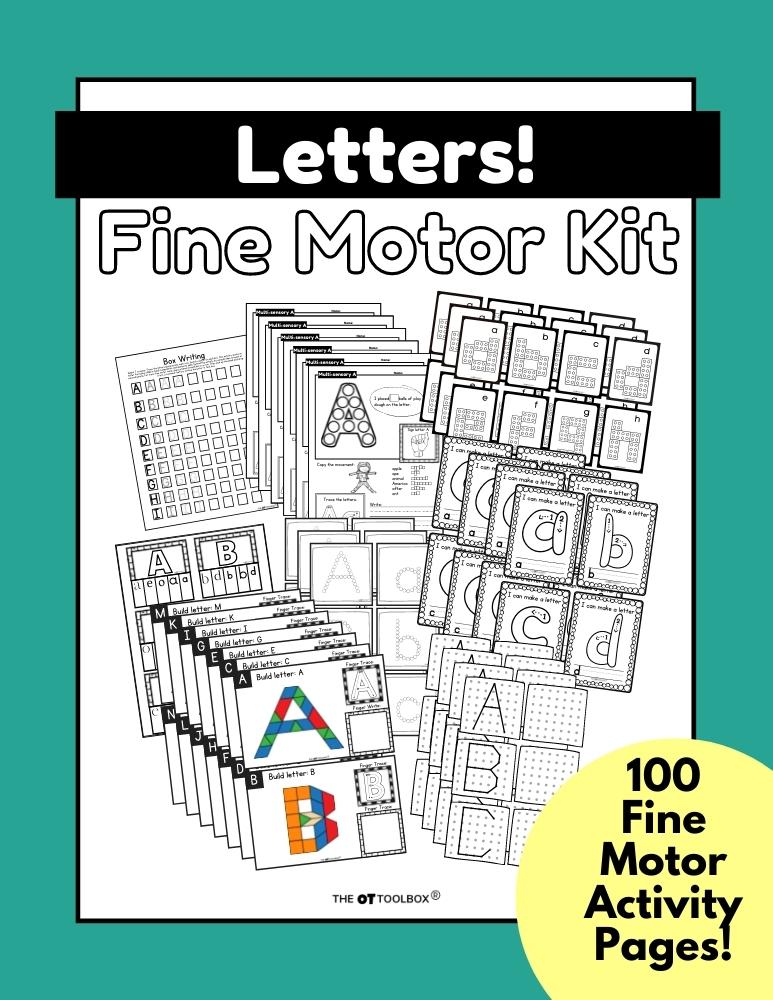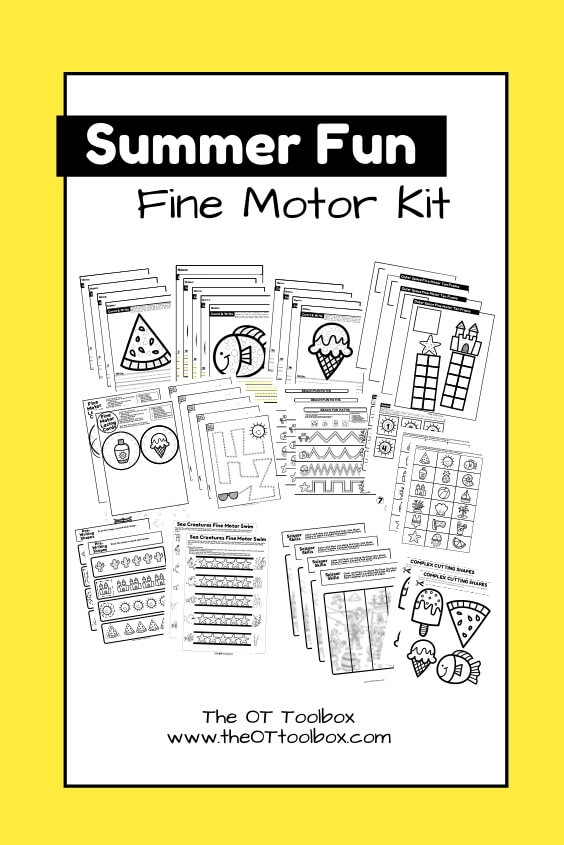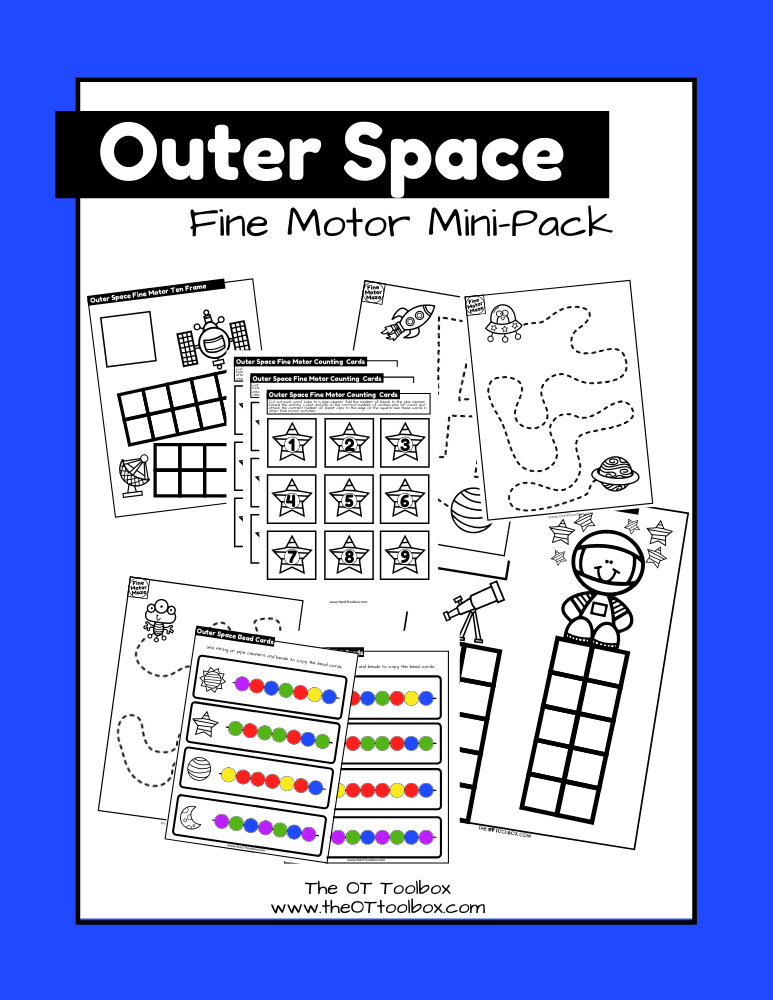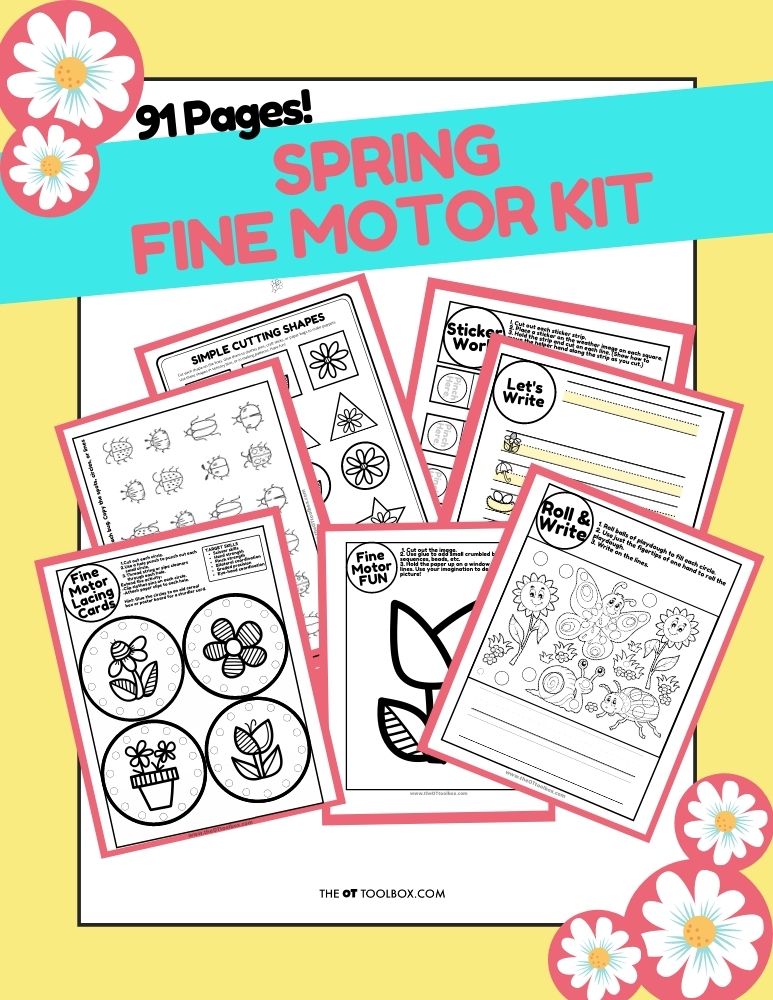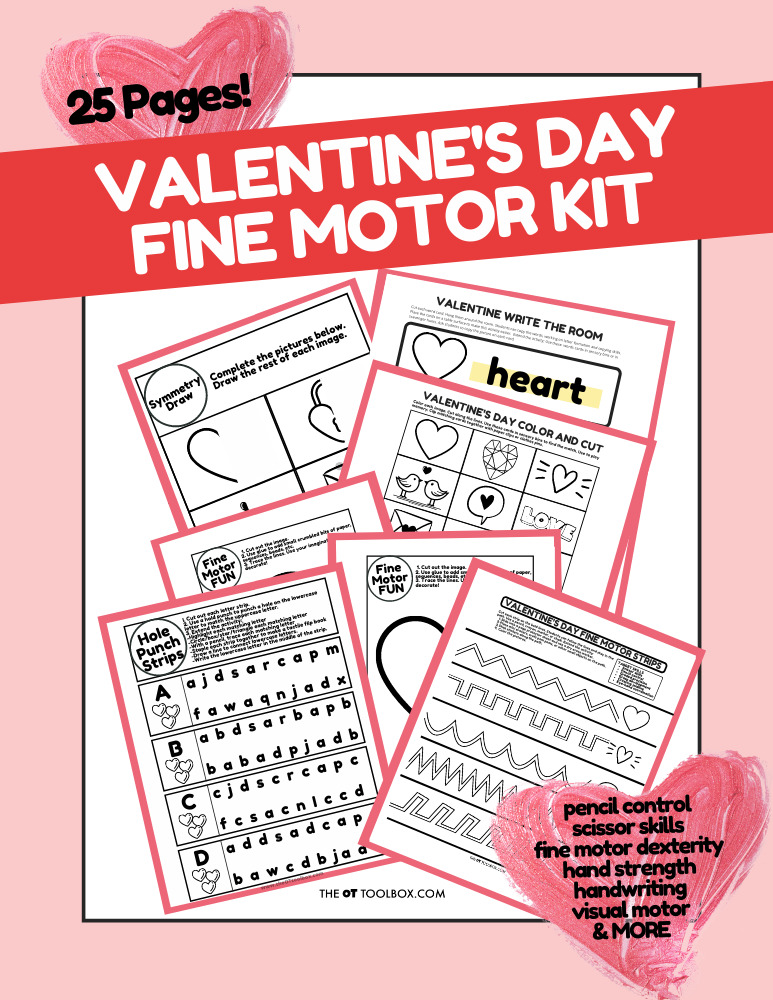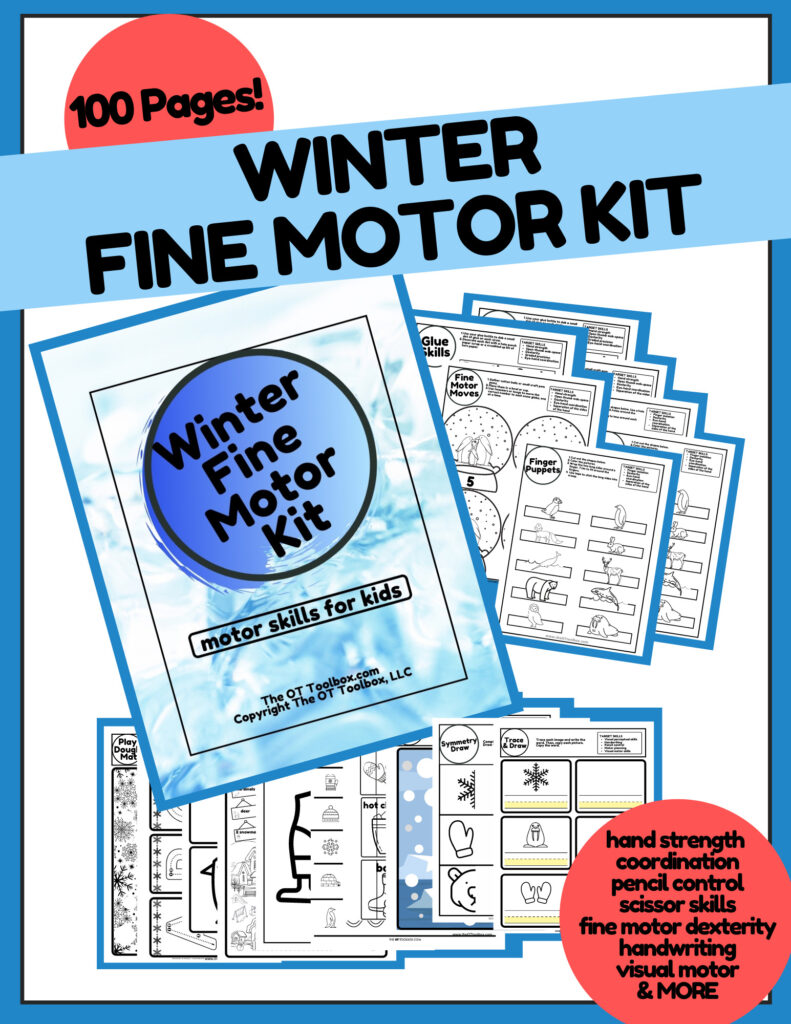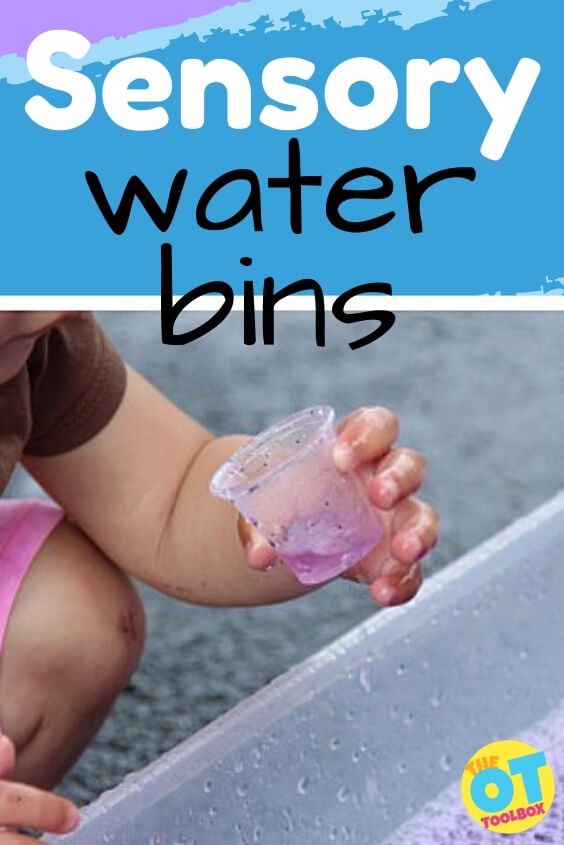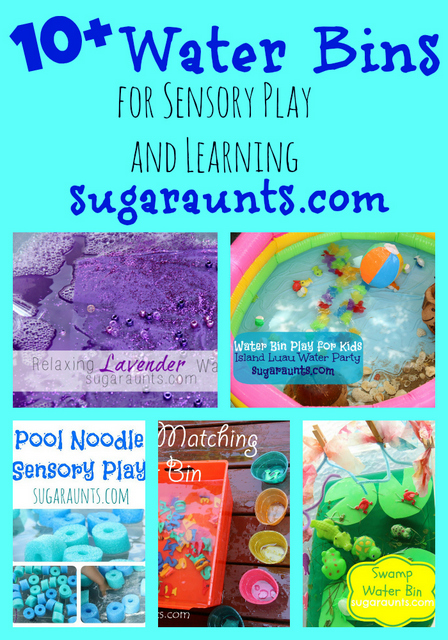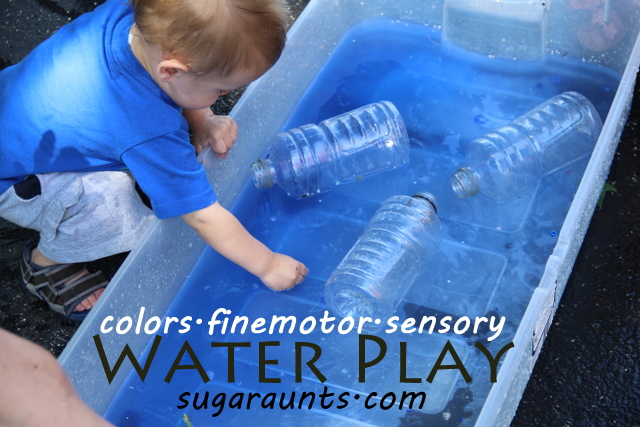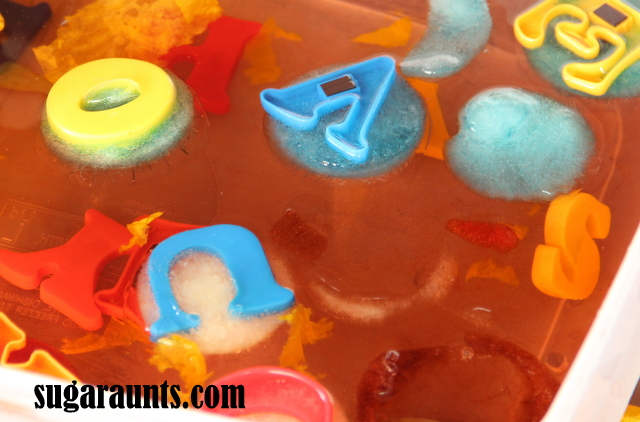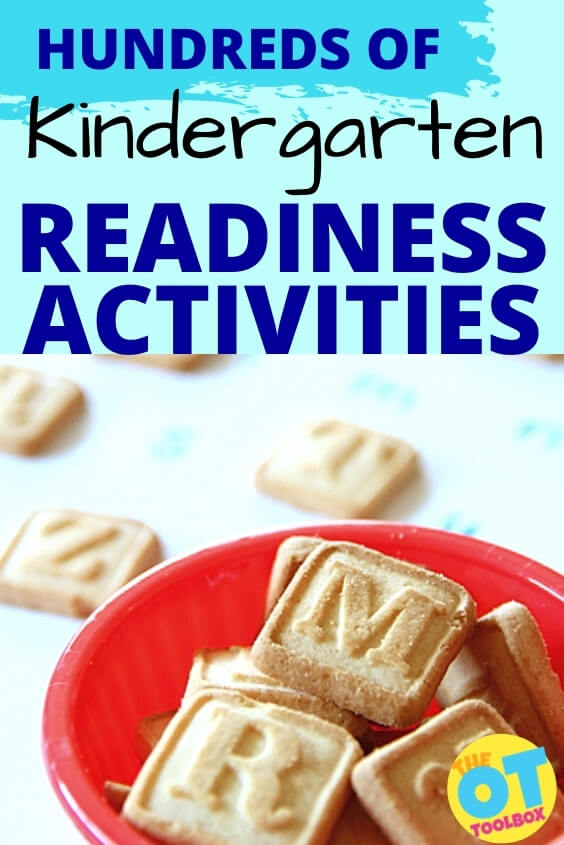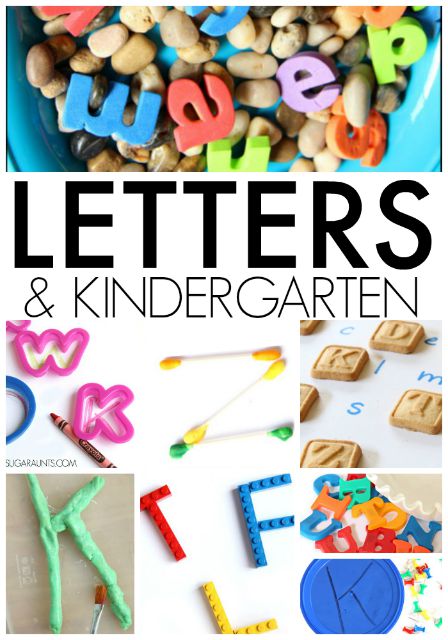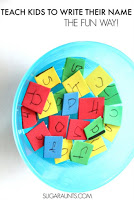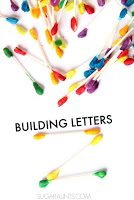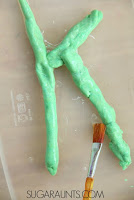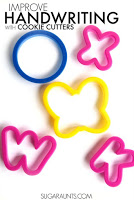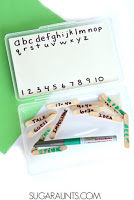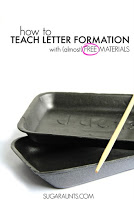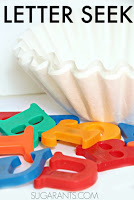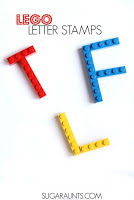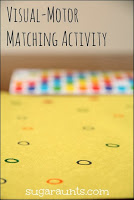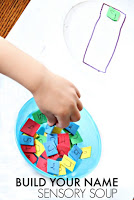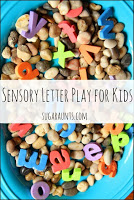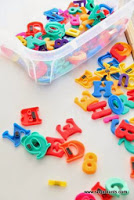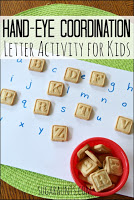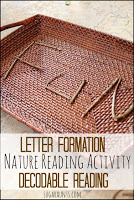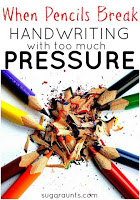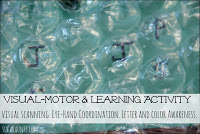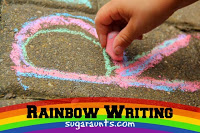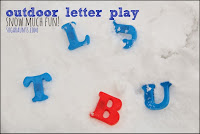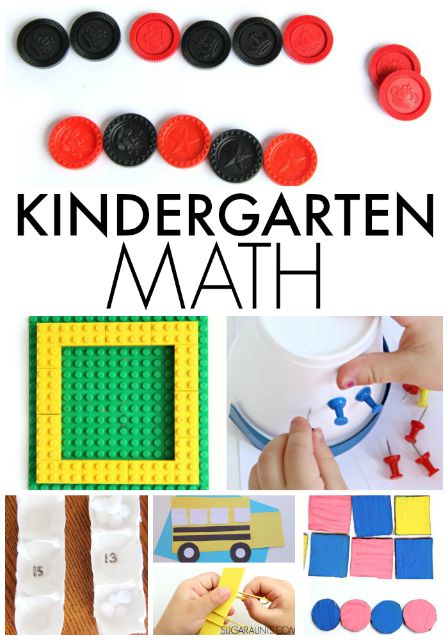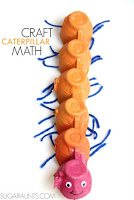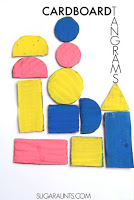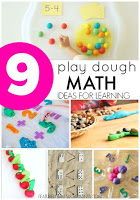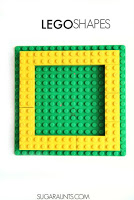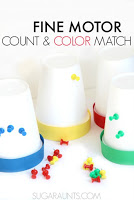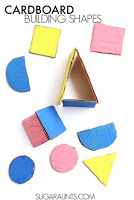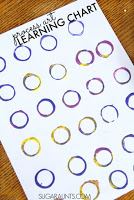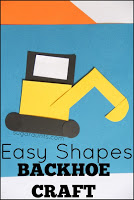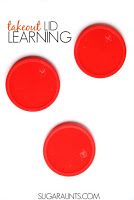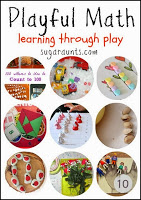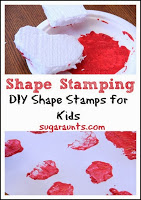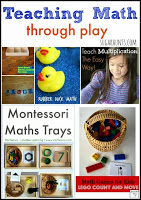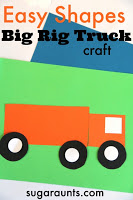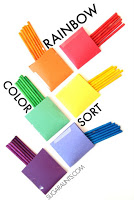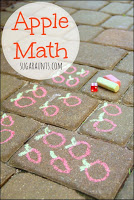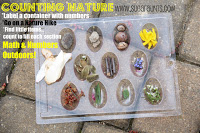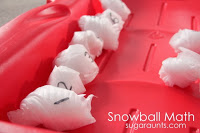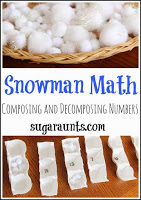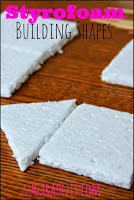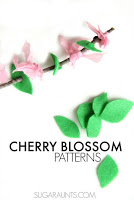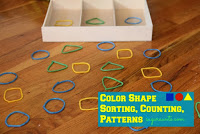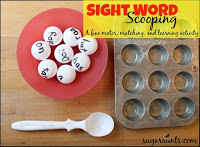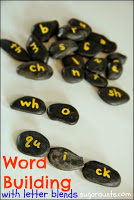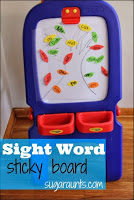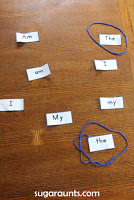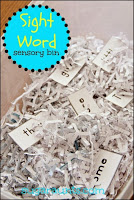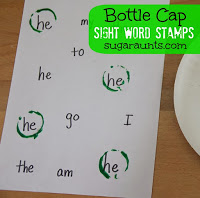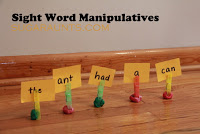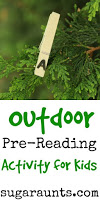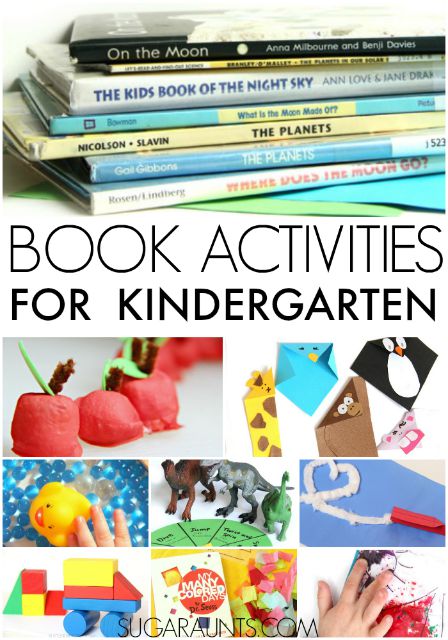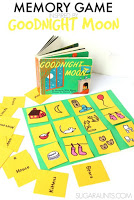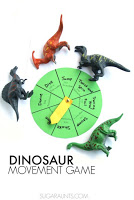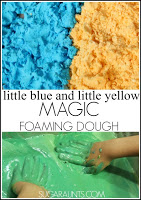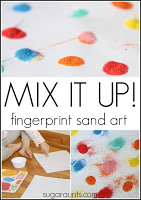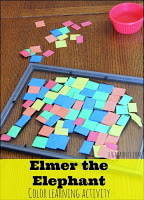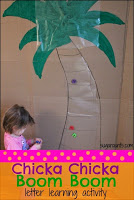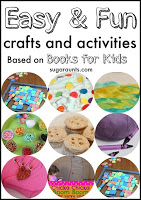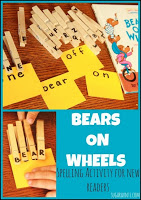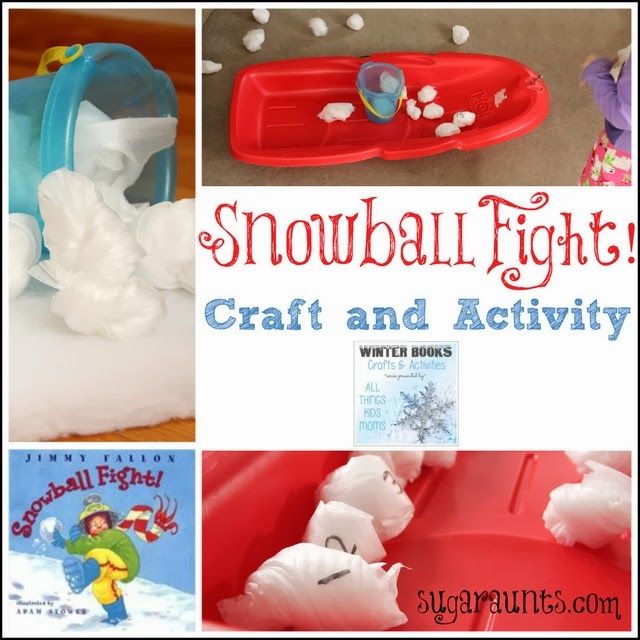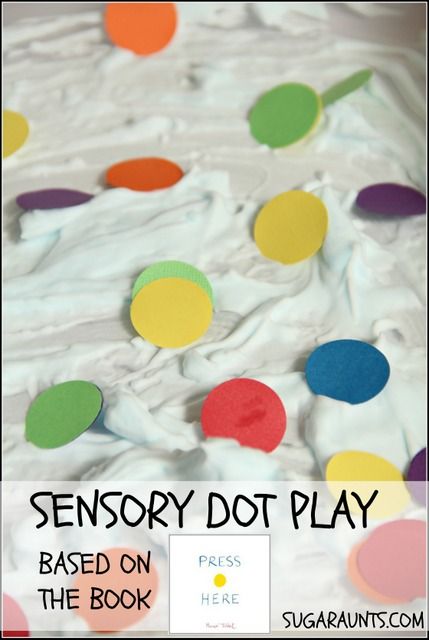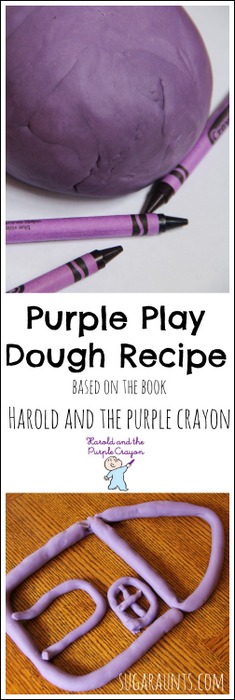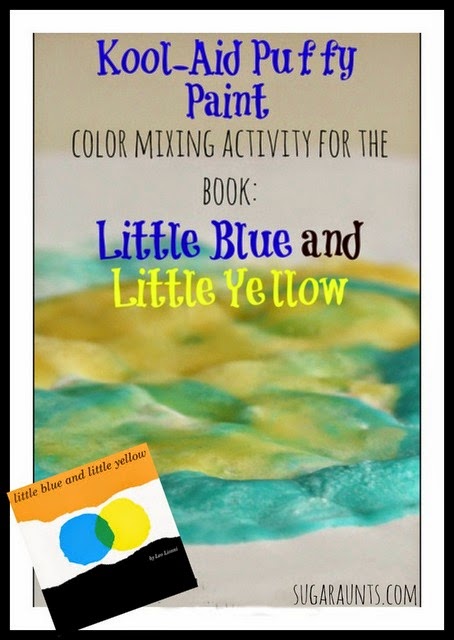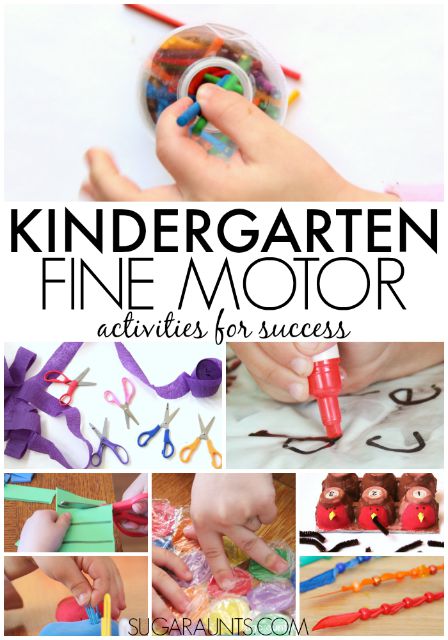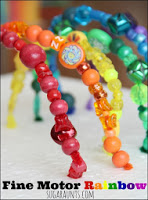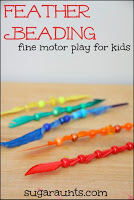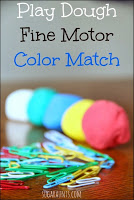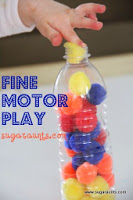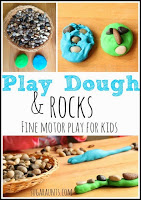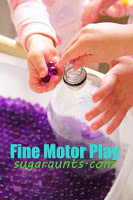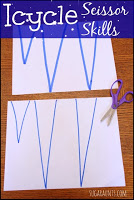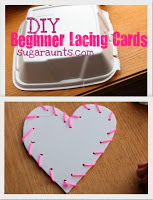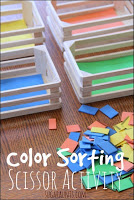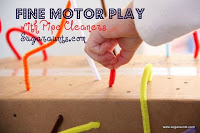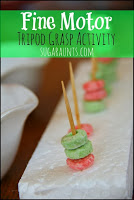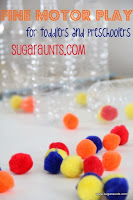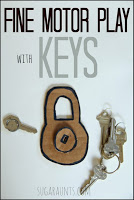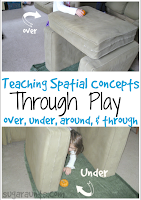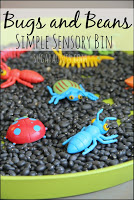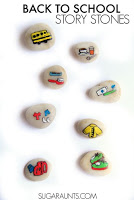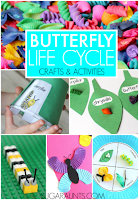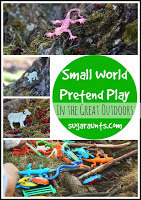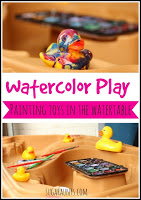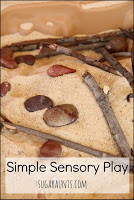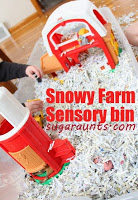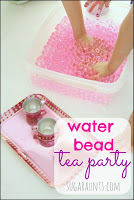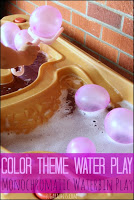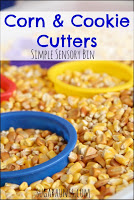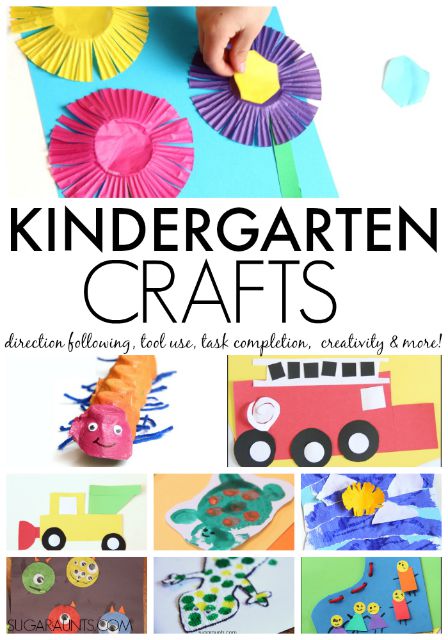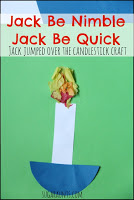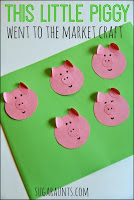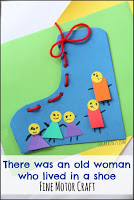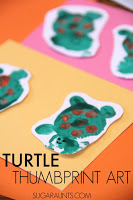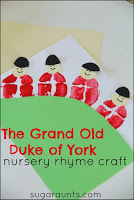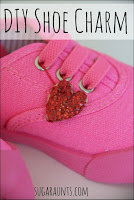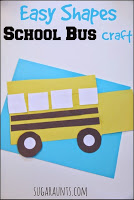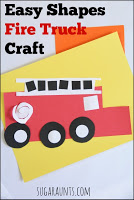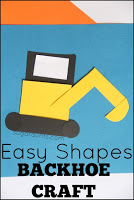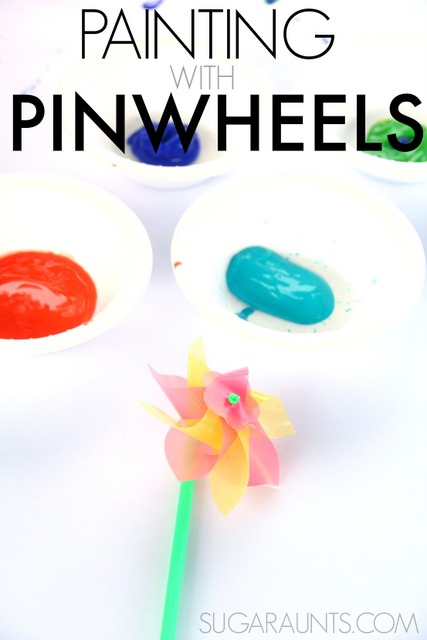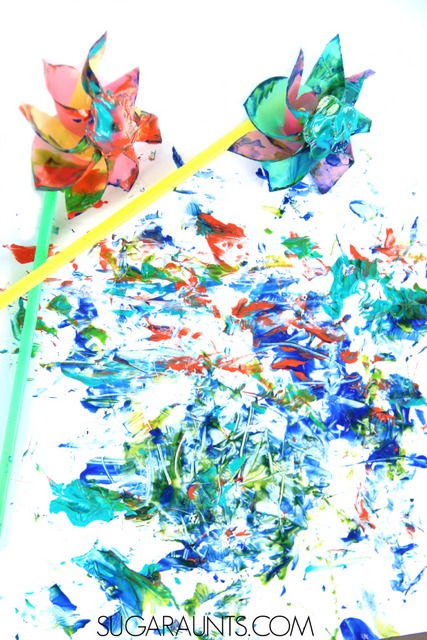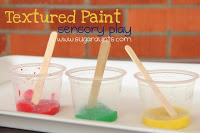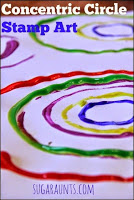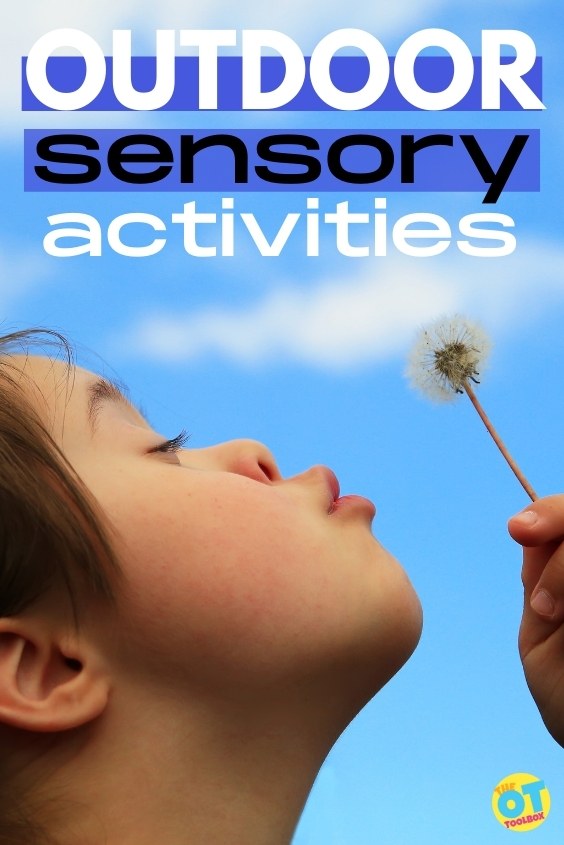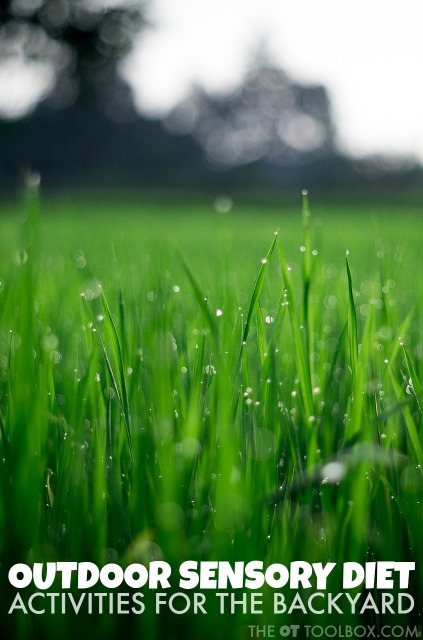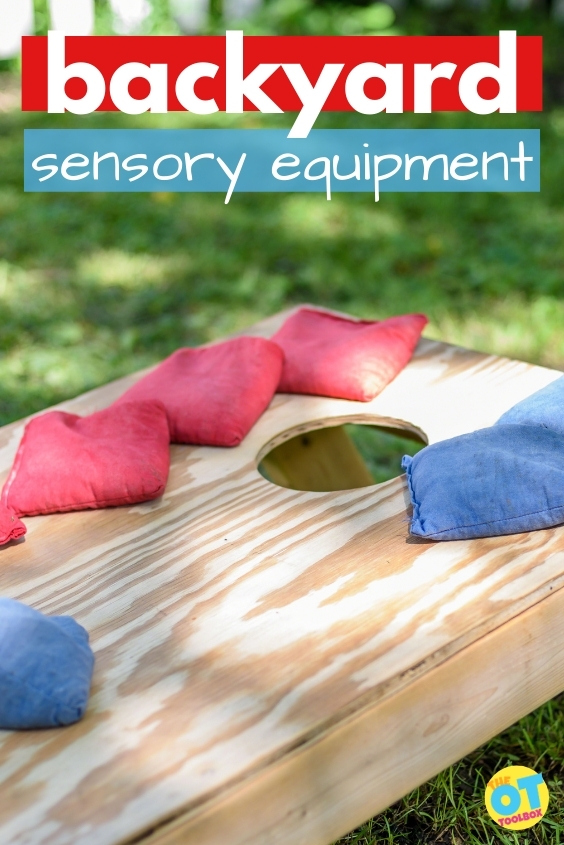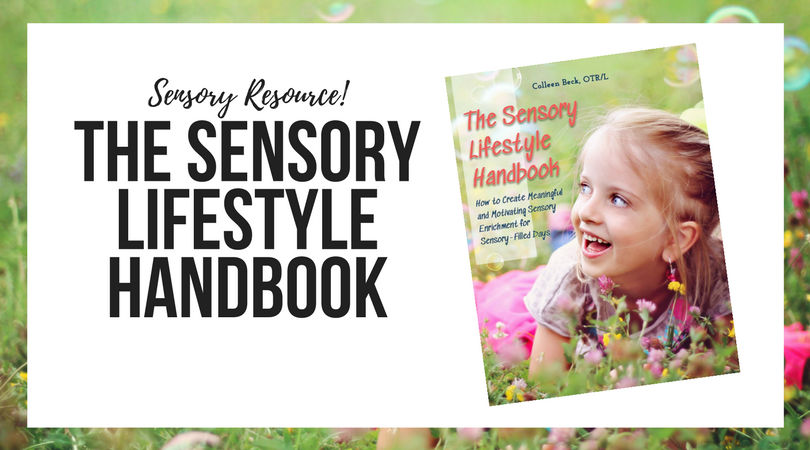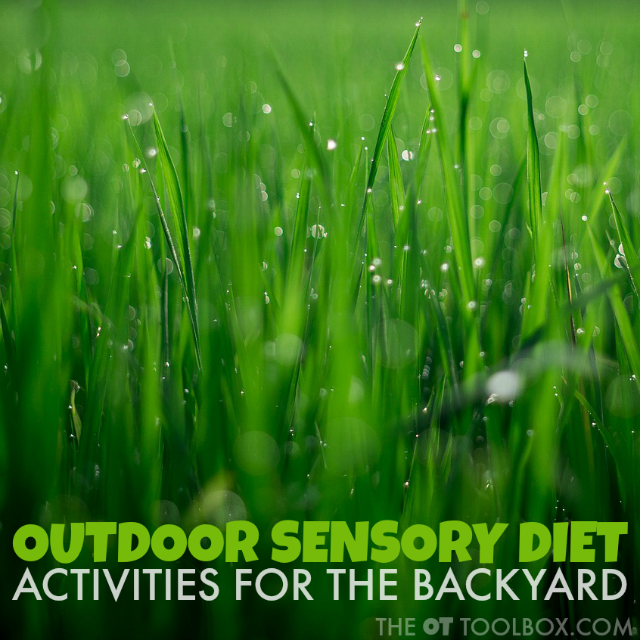If you’ve ever carved a pumpkin and wondered how to dye pumpkin seeds, then you are in luck. The occupational therapists know the sensory benefits of lifting and carving a pumpkin, as well as separating pumpkin seeds from the ooey, gooey pumpkin guts. Here, we’re sharing one Fall Bucket List item must-have…dying pumpkin seeds for sensory play, pumpkin seed crafts, and pumpkin seed fine motor tasks! Read on for an easy dyeing method for pumpkin seeds that can be included in occupational therapy Halloween sessions or sent home as a home program for this time of year.
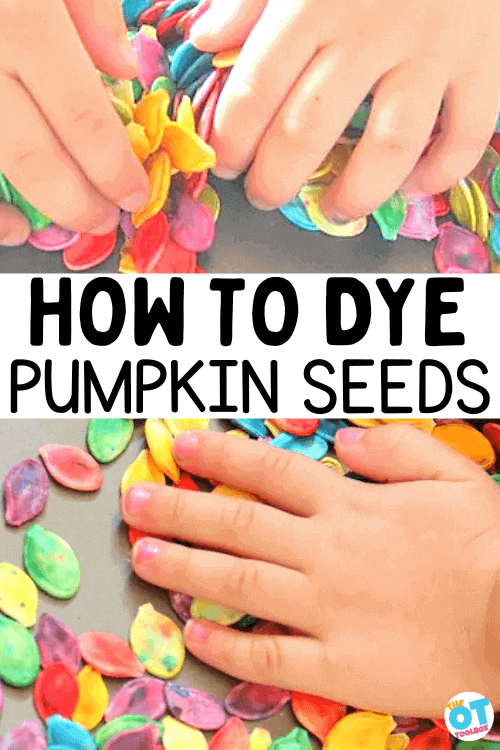
Add dyed pumpkin seeds to your list of pumpkin activities!
How to Dye Pumpkin Seeds
This post on how to dye pumpkin seeds was one we originally created back in 2014. The thing is that colored pumpkin seeds is still just as much fun for fine motor and sensory play as it was years ago!
Dying pumpkin seeds isn’t hard. In fact, the kids will love to get in on the mixing action. They will love to use those dyed pumpkin seeds in sensory bins, for fine motor pumpkin seeds activities, or even Fall crafts like this pumpkin seed craft.
Once you dye the pumpkin seeds, use them for tons of fine motor activities, sensory play activities, and visual motor ideas, like sorting pumpkin seeds. These are fun Fall activities that will stick with kids as a memory!
I love that this recipe is simple because it is a great way to support development of specific skills when kids are involved in making the dyed pumpkin seeds. By getting kids involved in the process, you can work on several areas:
- executive functioning skills: planning, prioritization, working memory
- problem solving
- direction following
- bilateral coordination
- safety awareness
- spatial awareness
- kitchen tool use
- fine motor skills
- functional fine motor skills: opening containers, opening a plastic bag, scooping with a spoon, closing a plastic bag
- eye-hand coordination skills
- proprioception skills and body awareness with shaking a bag to coat the seeds completely
We cover how using recipes to develop skills is such a powerful therapy tool in our resources on our blog on life skills cooking activities. It’s simple recipes like this one and others in our cooking with kids resources that pack a powerful punch in developing skill areas.
Be sure to check out this resource on fine motor kitchen activities to better grasp all of the fine motor skills developed through cooking tasks like this pumpkin seed dying task.
We also talked about about these skill areas in our resource on how to dye sand for sensory play.
Colorful Pumpkin Seeds
This post contains affiliate links.
We wanted to make a batch of colorful pumpkin seeds with vivid colors, so I wasn’t sure how to dye the seeds to make the colors really pop. We decided to test which method would work to really get the best colors on our pumpkin seeds.
We tested using To make our seeds this year, we used (Amazon affiliate links) liquid food coloring dye and gel food coloring. In our tests, each type of food coloring worked really well.
One thing to note is that if you use food coloring, technically, the pumpkin seeds are still edible. This is important if you have a child playing with the seeds that might put them into their mouth.
The problem with roasting the seeds after coloring them is that the colors don’t “stick” as well to the seed, making less vivid colors. If you are going to roast the seeds so that they are edible for these situation, I would suggest first roasting your seeds and THEN dying them for the brightest colors.
That being said, you don’t NEED to roast the seeds in order to use them for sensory play. As long as the pumpkin seeds are dry, they will absorb the food coloring.

Materials to Dye Pumpkin Seeds:
To dye pumpkin seeds, you need just a couple of items:
- raw, clean pumpkin seeds from a fresh pumpkin
- a plastic bag (sandwich bag or a gallon-sized plastic bag)
- food coloring
- paper towels
That’s all of the items you need to dye pumpkin seeds! This is really a simple recipe, and one that is easy to make with kids.
Dying PUmpkin Seeds
To dye the pumpkin seeds, it is very simple:
- Put dry pumpkin seeds into a plastic bag.
- Add the food coloring.
- Seal the bag shut and shake the bag to coat all of the seeds with the food coloring.
- Pour the seeds out onto a surface covered with paper towels (A kitchen counter works well).
- Let the seeds dry.
Whether you use liquid food coloring dye or gel food coloring, (affiliate links) add the seeds to plastic baggies and add the food coloring. Seal up the baggies, mix the seeds around, (or hand them over to the kids and let them go crazy), and get the seeds coated in coloring.
For kids that might eat the seeds during play: As we mentioned above, f there are any risks of the child eating a seed during sensory play or crafting, you can first roast the seeds.
- Roast the seeds before dying them. Spread the seeds out on aluminum foil spread on a cookie sheet.
- Bake at 350 degrees F for 20 minutes. Be sure to check on the seeds often to make sure they are not burning.
- Then dye the seeds using food coloring as described above. If you roast them first, the colors will cover any brown spots.
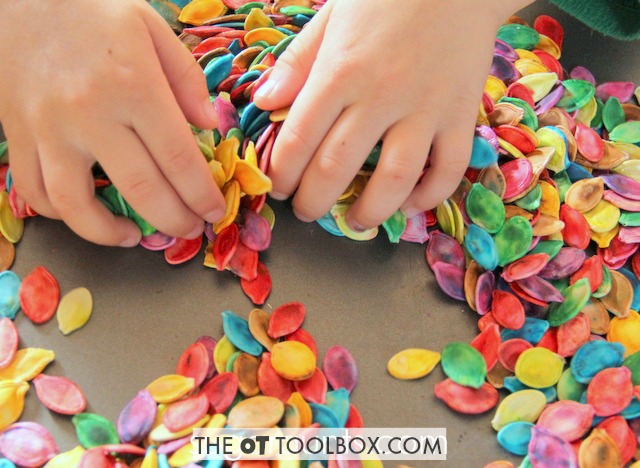
Pumpkin Seed Activities
Once you dye the pumpkin seeds, you can use them in pumpkin seed crafts and pumpkin seed activities that foster fine motor development.
Pumpkin Seed Sensory Ideas:
Pumpkin seeds are a great addition to sensory play experiences. Allowing kids to scoop the seeds directly from the pumpkin is such a tactile sensory experience!
But for some kids, that pumpkin goop is just too much tactile input. Using dyed pumpkin seeds in sensory play is a “just right” challenge in exposure to carving pumpkins. It’s a first step in the tactile experience.
Some of our favorite ways to use dyed pumpkin seeds in sensory play:
- Use them in a sensory bin
- Use colorful pumpkin seeds in a writing tray
- Add dyed pumpkin seeds to a discovery bottle
- Use rainbow pumpkin seeds on a Fall exploration table
Use the directions listed above to create a set of colored pumpkin seeds. Use the colorful pumpkin seeds in a big pumpkin sensory bin to create a tactile sensory experience. Kids can draw letters in the seeds to work on letter formation. Add this idea to your toolbox of sensory writing tray ideas.
Add a few Fall themed items such as small pumpkins, acorns, pinecones, scoops, and small bowls to the sensory bin activity. Dyed pumpkin seeds are a great sensory bin medium this time of year when making an easy sensory bin.
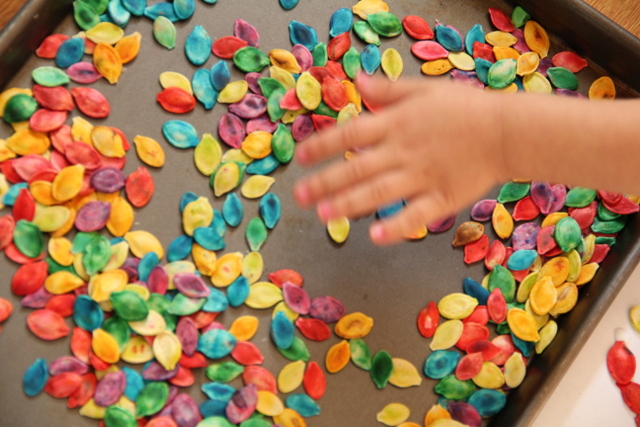
This sensory play activity was very fun. We couldn’t keep our hands out of the tray as we played and created.
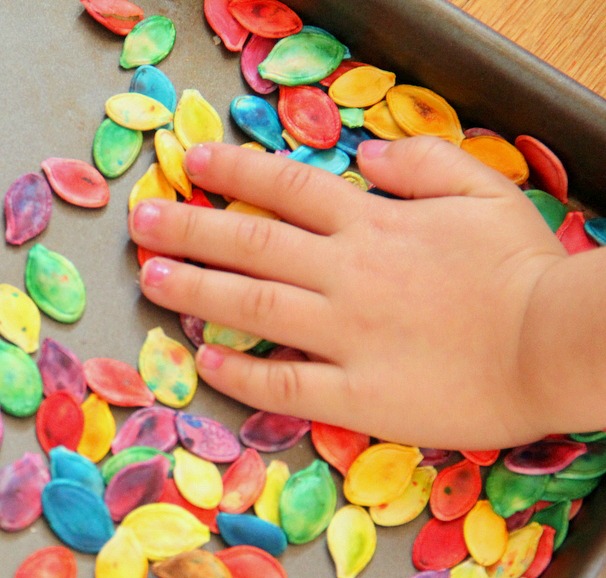
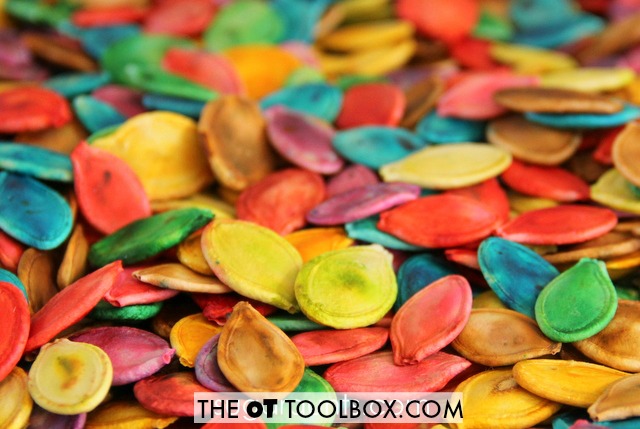
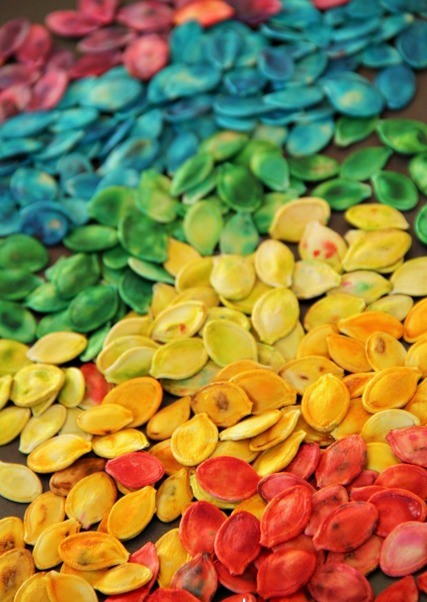
Pumpkin Seed Crafts
Pumpkin seeds are a great fine motor tool to use in crafting.
Try these craft ideas using dyed pumpkin seeds:
- Make a pumpkin seed mandala
- Glue seeds to make a picture using the seeds to outline a shape
- Write names using the colorful pumpkin seeds like we did in this seed handwriting activity
- Make a sun catcher craft using pumpkin seeds
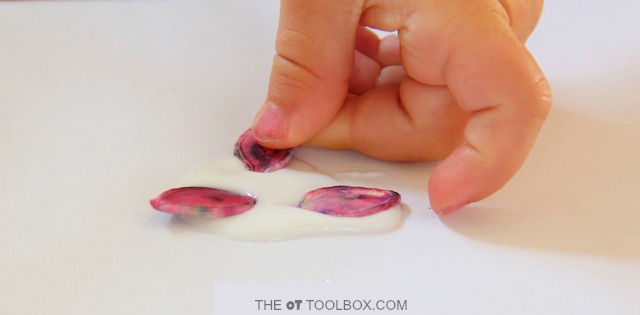
We used our dyed seeds in art projects first. Manipulating those seeds is a great way to work on fine motor skills. Little Sister was SO excited to make art!
Add additional fine motor work by using a squeezable glue bottle to create a pumpkin seeds craft and pumpkin seed art. Squeezing that glue bottle adds a gross hand grasp and fine motor warm-up before performing fine motor tasks.
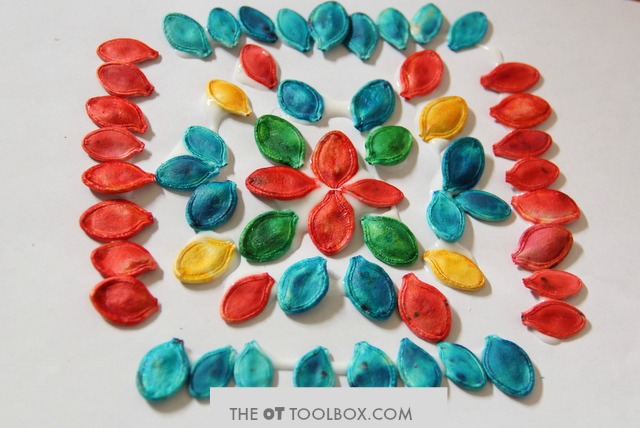
Use dyed pumpkin seeds to make a colorful mandala craft with fine motor benefits. Picking up the pumpkin seeds uses fine motor skills such as in-hand manipulation, separation of the sides of the hand, pincer grasp, open thumb web space, and distal mobility.
Placing the colored pumpkin seeds into a symmetrical pattern of colors promotes eye-hand coordination and visual perceptual skills such as visual discrimination, figure ground, and other skills.
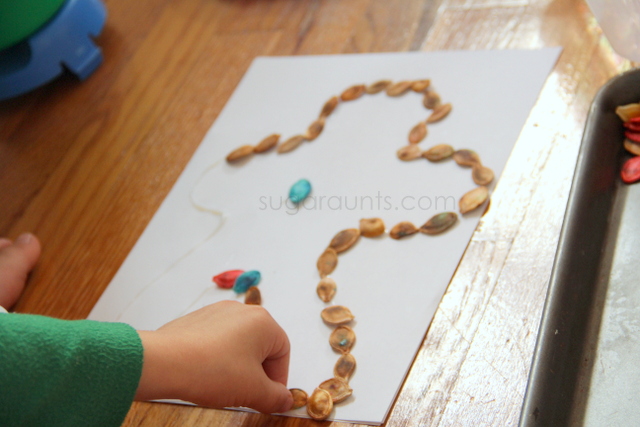
Little Guy made a gingerbread man. Because why not??! 😉
Squeezing the glue bottle into a shape and placing the colored pumpkin seeds along the line is another exercise in visual perception and eye-hand coordination.
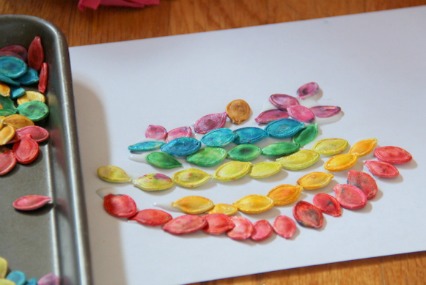
Little Sister made a rainbow with her seeds.
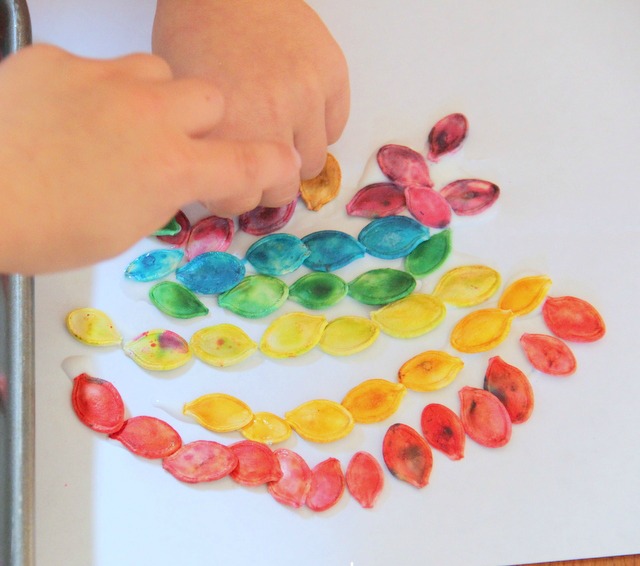

Be sure to use your dyed pumpkin seeds for a few fun ideas like these:
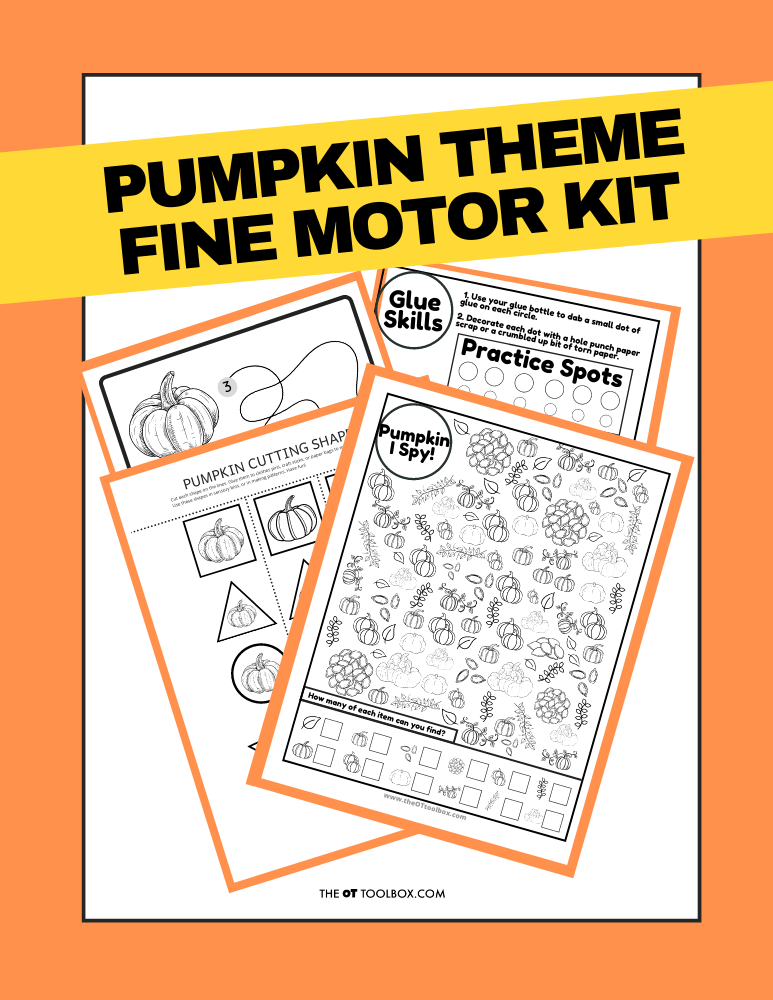
Grab the Pumpkin Fine Motor Kit for more coloring, cutting, and eye-hand coordination activities with a Pumpkin theme! It includes:
- 7 digital products that can be used any time of year- has a “pumpkins” theme
- 5 pumpkin scissor skills cutting strips
- Pumpkin scissor skills shapes- use in sensory bins, math, sorting, pattern activities
- 2 pumpkin visual perception mazes with writing activity
- Pumpkin “I Spy” sheet – color in the outline shapes to build pencil control and fine motor strength
- Pumpkin Lacing cards – print, color, and hole punch to build bilateral coordination skills
- 2 Pumpkin theme handwriting pages – single and double rule bold lined paper for handwriting practice
Work on underlying fine motor and visual motor integration skills so you can help students excel in handwriting, learning, and motor skill development.
You can grab this Pumpkin Fine Motor kit for just $6!

Colleen Beck, OTR/L has been an occupational therapist since 2000, working in school-based, hand therapy, outpatient peds, EI, and SNF. Colleen created The OT Toolbox to inspire therapists, teachers, and parents with easy and fun tools to help children thrive. Read her story about going from an OT making $3/hour (after paying for kids’ childcare) to a full-time OT resource creator for millions of readers. Want to collaborate? Send an email to contact@theottoolbox.com.


